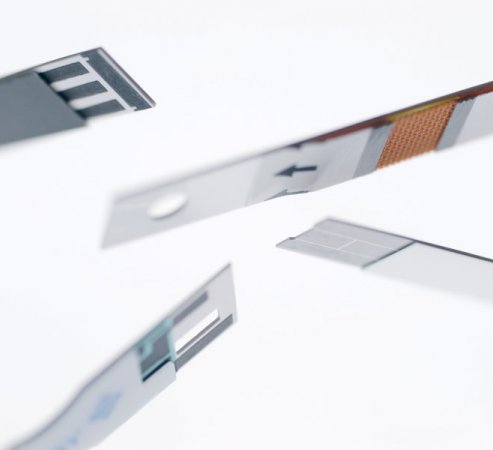Hydrophilic membrane is a kind of ultrafiltration membrane, which can filter some harmful substances in water. This membrane can filter water under very small pressure.

Ultrafiltration membrane has been widely used in industry and has become one of the new chemical unit operations. For separation, concentration and purification of biological products, medical products and food industry; It is also used in terminal treatment devices for blood treatment, waste water treatment and ultrapure water preparation. Ultrafiltration membrane has been successfully used to concentrate and purify Chinese herbal medicine in China. With the progress of technology, the screening function of ultrafiltration membrane will be improved and strengthened, and its contribution to human society will be greater and greater. The structure of ultrafiltration membrane can be divided into symmetric and asymmetric. The former is isotropic, without the cortex, the pores in all directions are the same, belonging to the deep filtration; The latter has a dense surface layer and a bottom layer dominated by fingerlike structure. The surface layer thickness is 0.01 micron or smaller, and has orderly arranged micropores. The bottom layer thickness is 200-250 microns, which belongs to the surface layer filtration. Industrial ultrafiltration membranes are generally asymmetric. The membrane materials of ultrafiltration membrane mainly include cellulose and its derivatives, polycarbonate, polyvinyl chloride, polyvinylidene fluoride, polysulfone, polyacrylonitrile, polyamide, polysulfone, sulfonated polysulfone, crosslinked polyvinyl alcohol, modified acrylic polymer and so on.

The chemical cleaning cycle of hydrophilic ultrafiltration membrane is longer, and the chemical cleaning recovery is better. In each chemical cleaning cycle, the flux recovery after backwashing is close to 100%. The chemical cleaning cycle of non-hydrophilic ultrafiltration membrane is short, and the flux recovery after backwashing within each chemical cleaning cycle is only 80-90%. Therefore, in water treatment engineering, hydrophilic ultrafiltration membrane has obvious advantages over non-hydrophilic ultrafiltration membrane, which can maintain a stable flow rate -- design flow rate -- well in its service life.